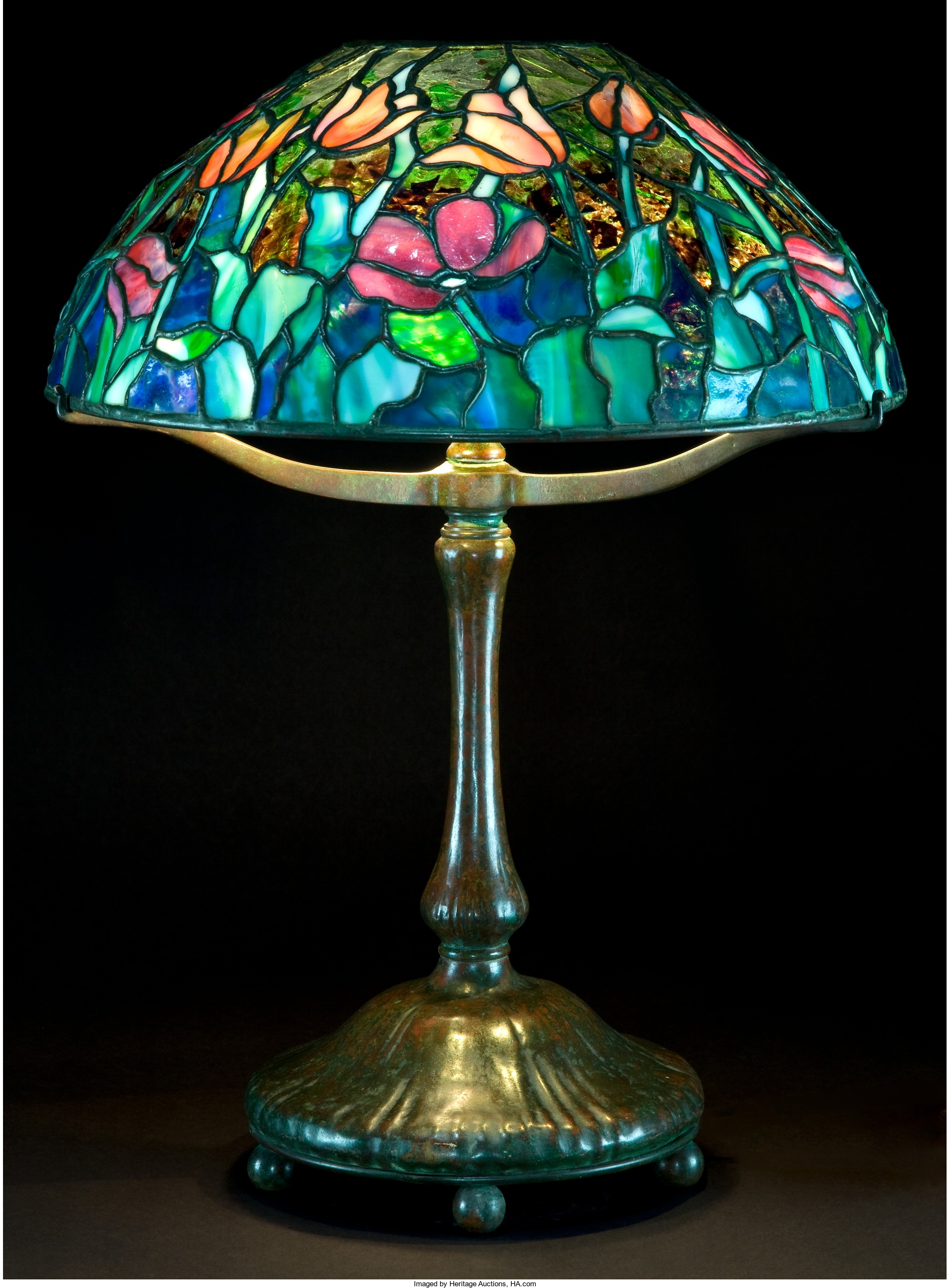
By Jim O’Neal
In 1637, a tulip bulb called the “Viceroy” was advertised in a Dutch catalog for 3,000-4,200 guilders, or about 10 times the annual income of a skilled artisan. This was probably the apex of the “tulip mania” period that is generally thought to be the first of the economic bubbles that we’ve seen in the last 400 years.
The U.S. housing bubble peaked in early 2006, declined in 2007 and reached new lows in 2012. The credit crisis that followed was probably the primary cause of the 2008-2009 recession that required capital infusions by the Federal Reserve, followed by multiple quantitative easing actions to increase system liquidity and cheap money.
Tulips were not native to Holland and neither was the little Dutch boy, who saved his town by plugging a hole in a dike with his finger. This story first appeared in Hans Brinker, or The Silver Skates, an 1865 novel by Mary Mapes Dodge, an American.
The Dutch had never heard the story until American tourists started asking about which dike was involved. Rather than being amused or annoyed, they simply erected a statue of the little boy near the Spaarndam lock, presumably to increase tourism and boost the economy.
They may not have been prudent about tulip prices, but the statue bears the following inscription: “Dedicated to our youth, who symbolize the perpetual struggle of Holland against the water.”
I’ve also seen the other statue at Madurodam near The Hague, which is a miniature city with a collection of Dutch landmarks.
Moral: If you inherit a lemon, think about opening a lemonade stand.
 Intelligent Collector blogger JIM O’NEAL is an avid collector and history buff. He is President and CEO of Frito-Lay International [retired] and earlier served as Chairman and CEO of PepsiCo Restaurants International [KFC Pizza Hut and Taco Bell].
Intelligent Collector blogger JIM O’NEAL is an avid collector and history buff. He is President and CEO of Frito-Lay International [retired] and earlier served as Chairman and CEO of PepsiCo Restaurants International [KFC Pizza Hut and Taco Bell].
